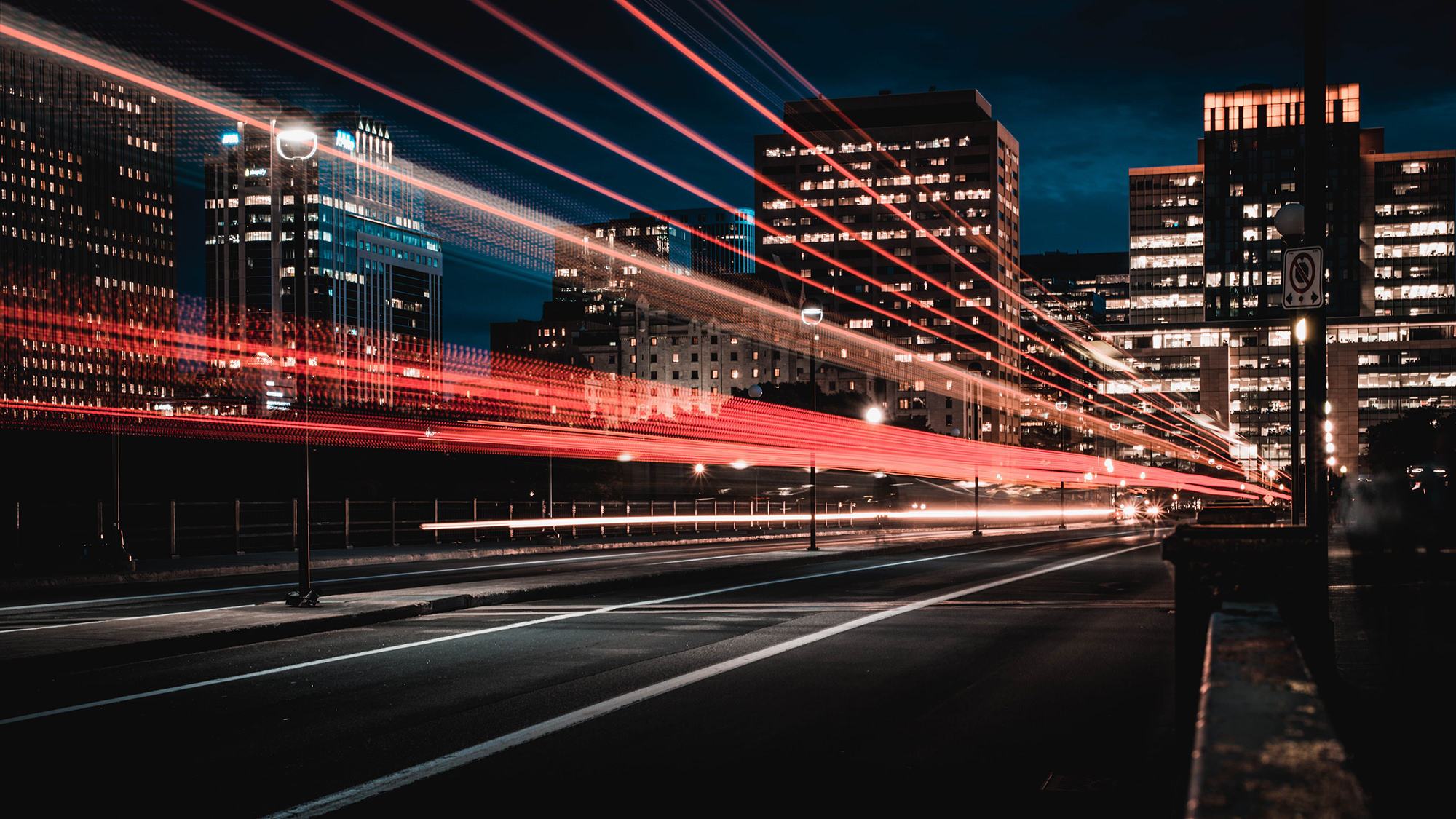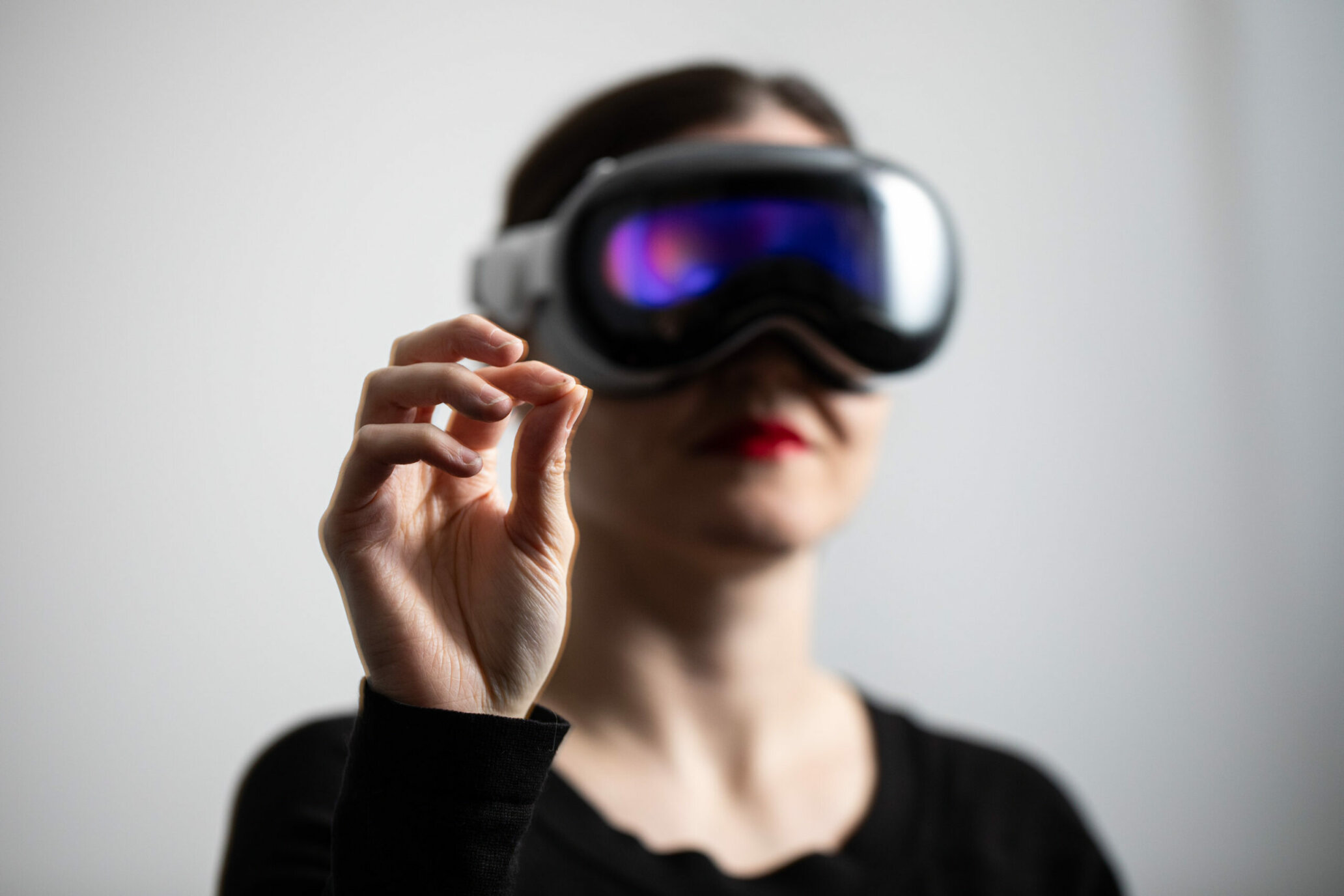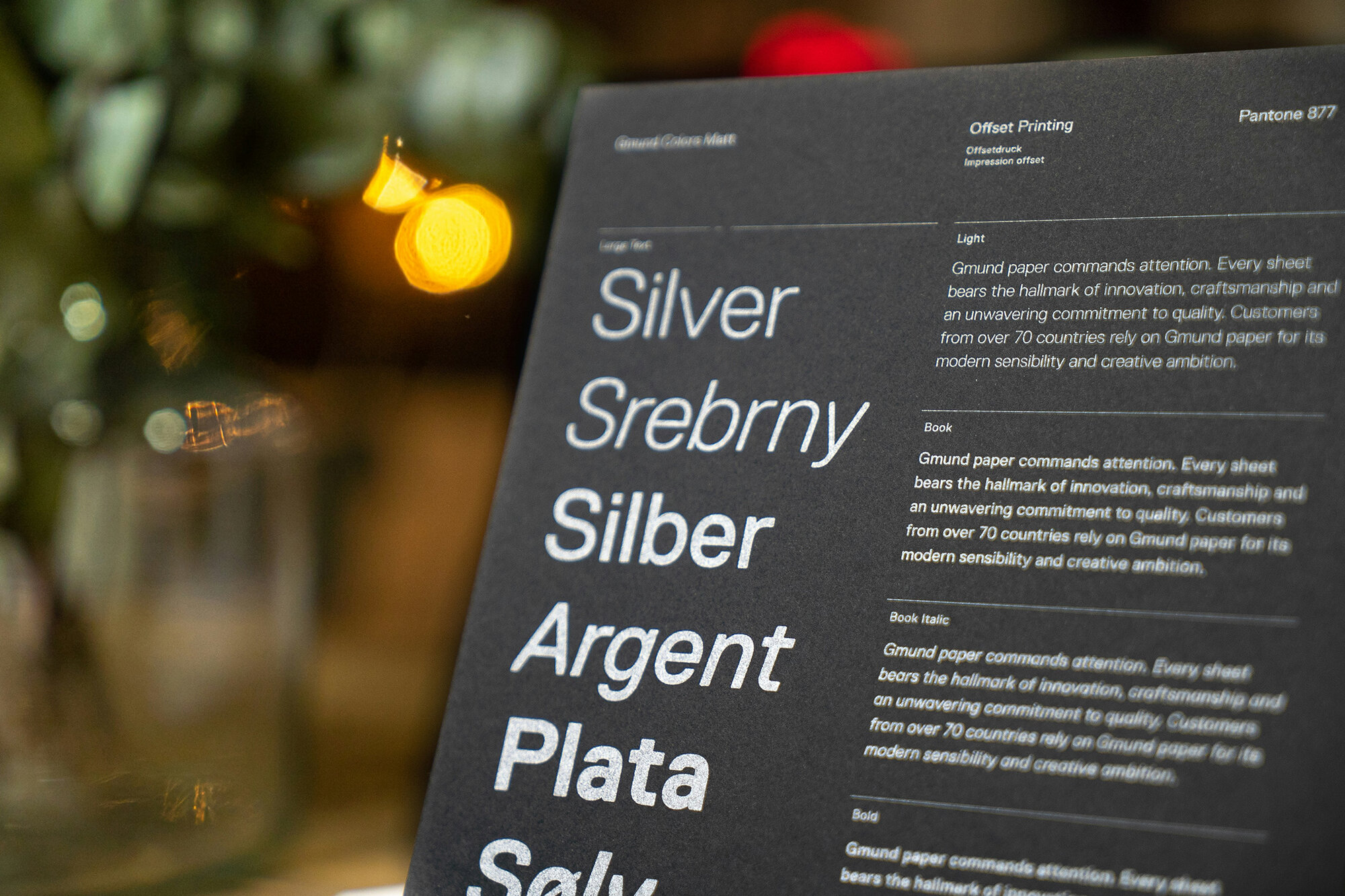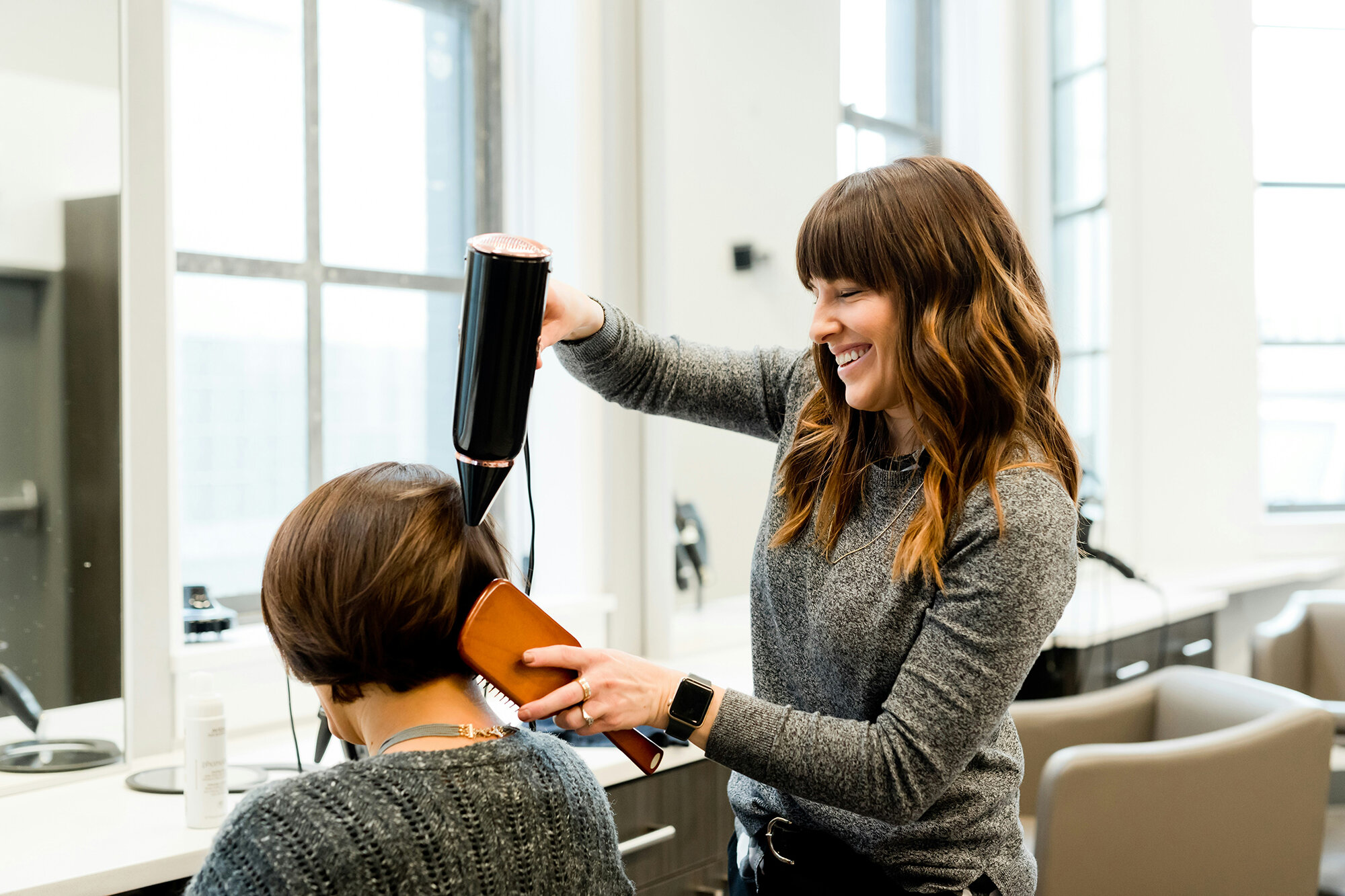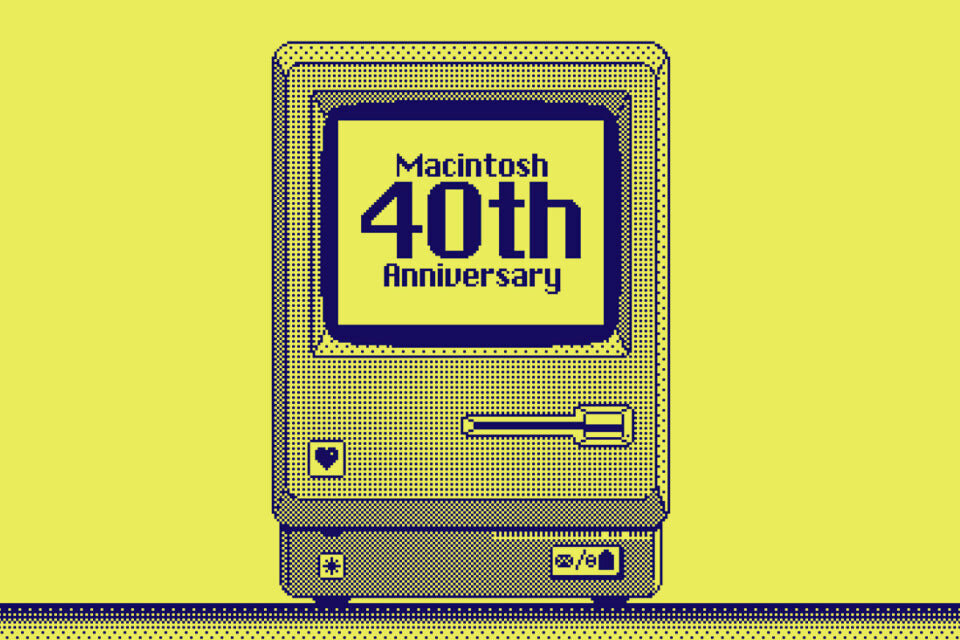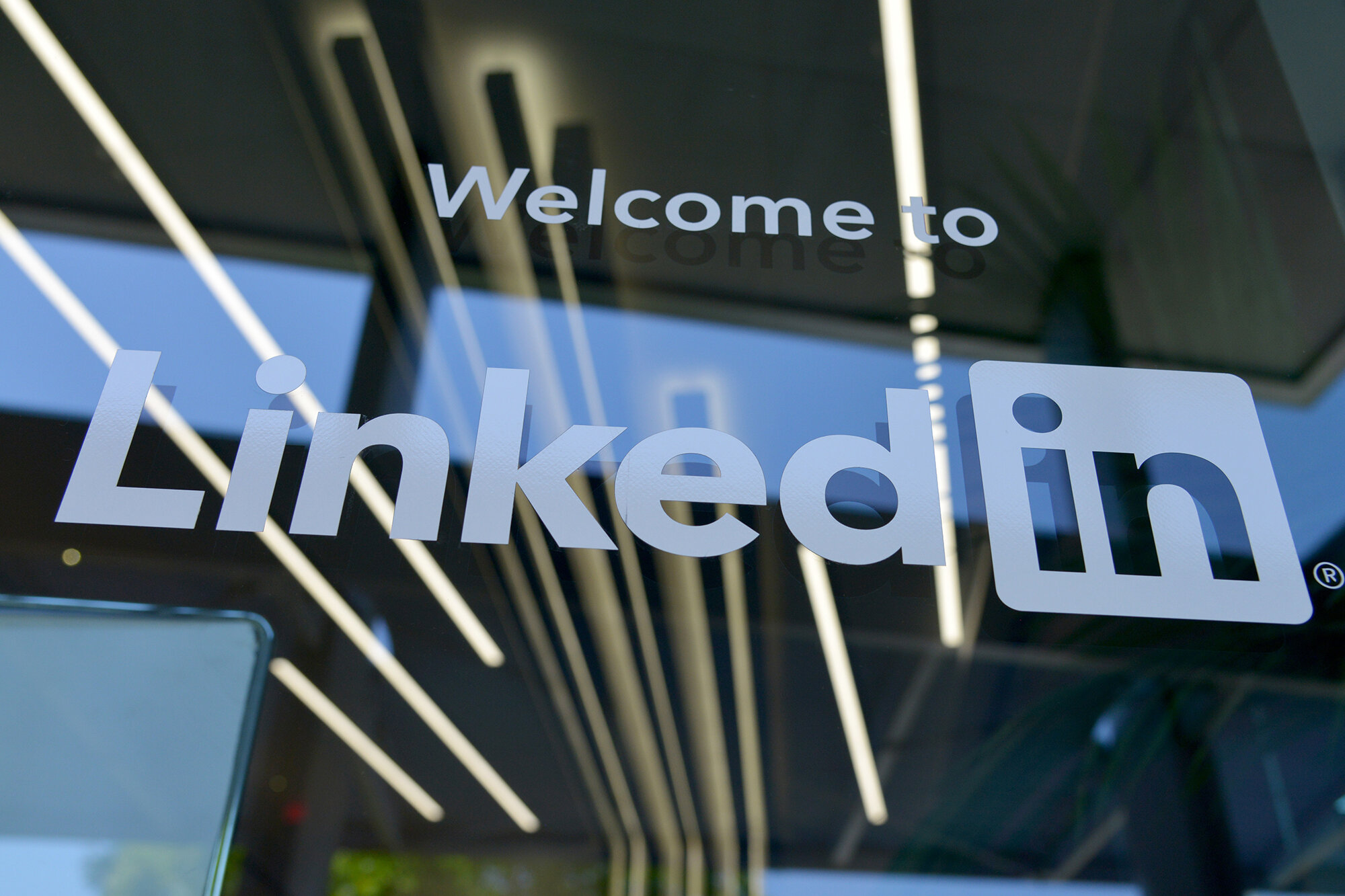What is the average amount of time spent on a website, and how can you maximise opportunity in that span? 59 seconds. That’s all you have before they leave!
With the increase in social media and mobile devices, users are exposed to an overwhelming amount of content on a daily basis. As a result, it is essential for businesses to cut through the noise and engage their audience effectively. One way of doing this is by using the power of visuals. Visuals are known to grab people’s attention and convey a message quickly. However, optimising images can also improve user engagement. By optimising images for both search engines and user experience, businesses can improve their website’s load time, increase search engine rankings, and ultimately enhance the user experience.
Why optimising images is crucial for user engagement
Images are an essential element of any website or digital marketing strategy. They help to break up the text, convey a message quickly, and add visual interest to a page. However, images that are not optimised can have a negative impact on user engagement. Large, unoptimised images can slow down a website’s load time, leading to a poor user experience. This can result in high bounce rates, low conversions, and a negative impact on search engine rankings.
Additionally, optimising images for search engines by adding alt tags and captions can improve search engine rankings, making it easier for users to find and engage with a website. By taking the time to optimise images, businesses can improve the user experience, increase engagement rates, and ultimately drive more conversions.
The impact of visual content on social media
Visual content has become increasingly important on social media platforms. In fact, posts with images or videos receive higher engagement rates than those without. This is because visual content is more eye-catching and engaging than text alone.
Businesses can use visual content to their advantage on social media by creating visually appealing images and videos that are optimised for the platform. For example, Instagram is a highly visual platform that requires high-quality images and videos. By optimising images for Instagram’s specific dimensions and file size requirements, businesses can improve their engagement rates on the platform.
Visual content can also be used to tell a story and convey a message quickly. A well-designed infographic, for example, can convey complex information in a visually appealing way. By using visual content effectively, businesses can improve their online presence and engage with their audience effectively on social media.
Best practices for optimising images for SEO
Optimising images for search engines is essential for improving search engine rankings and driving more traffic to a website. Here are some best practices for optimizing images for SEO:
Choosing the right file format and size: Choosing the right file format and size is essential for optimising images for SEO. JPEGs are the best option for photographs, while PNGs are best for graphics and logos. Additionally, compressing images can reduce file size without compromising the quality of the image.
Image alt tags and captions: Adding alt tags and captions to images is essential for optimising them for search engines. Alt tags provide a description of the image for users who are visually impaired, while captions can provide additional context for the image.
Image compression and loading speed: Image compression is essential for reducing file size and improving website load times. Large, unoptimised images can slow down a website’s load time, leading to a poor user experience. Additionally, using lazy loading can improve website load times by only loading images when they are needed.
By following these best practices, businesses can optimise their images for search engines and improve their online presence.
Tools for optimising images
There are many tools available for optimising images. Some popular options include Adobe Photoshop, GIMP, and Canva. Additionally, there are online tools available, such as TinyPNG and Kraken.io, that can compress images without compromising quality.
Using images to improve website design and user experience
Images can be used to improve website design and user experience. For example, images can be used to break up text and add visual interest to a page. Images can also be used to convey a message quickly and tell a story.
However, it is important for businesses to use images strategically. Using too many images or using images that are not relevant can have a negative impact on user experience. Additionally, using large, unoptimised images can slow down website load times, leading to a poor user experience.
Case studies of successful image optimization
There are many examples of businesses that have successfully optimised their images to improve user engagement. For example, J.Crew optimised their images for both search engines and user experience, leading to an increase in organic search traffic and higher engagement rates.
Another example is Shopify, which optimised their images for website load times, leading to a 50% reduction in page load times and a 20% increase in conversions.
By following best practices for image optimisation and using images strategically, businesses can improve their online presence and engage with their audience effectively.
The benefits of prioritising image optimization in digital marketing
Images are an essential element of any website or digital marketing strategy. By optimising images, you can improve website load times, increase search engine rankings, and ultimately enhance the user experience.
Need help with your website? Contact us today to learn more about our web design services and how we can help you succeed online.
Let's make a website!
Book a FREE video call to discuss your business, project strategy, and more!
"*" indicates required fields
More from Metal Potato
Can Apple Vision Pro Revolutionise Computing?
Discover the Apple Vision Pro: a mixed-reality headset set to redefine computing, work, entertainment, and education.
How to Choose the Perfect Typography for Your Website
Master the art of web typography... from font selection to readability, create a visually stunning and user-friendly website.
The Power of WordPress for Small Businesses
Build a strong online presence for your small business with WordPress! It's easy to use, SEO-friendly, and very cost-effective.
Celebrating 40 Years of the Apple Mac
Explore 40 years of Mac evolution! Celebrating Apple's iconic computer and its impact on design, technology, and creativity.
Why LinkedIn Should Be Your Top Priority
Maximise career growth with LinkedIn's powerful benefits! Unlock networking opportunities, connect and build your personal brand.
7 Strategies to Build Customer Loyalty
Elevate your brand with proven strategies for customer loyalty. Personalised programs, consistency, and gratitude that resonate.
